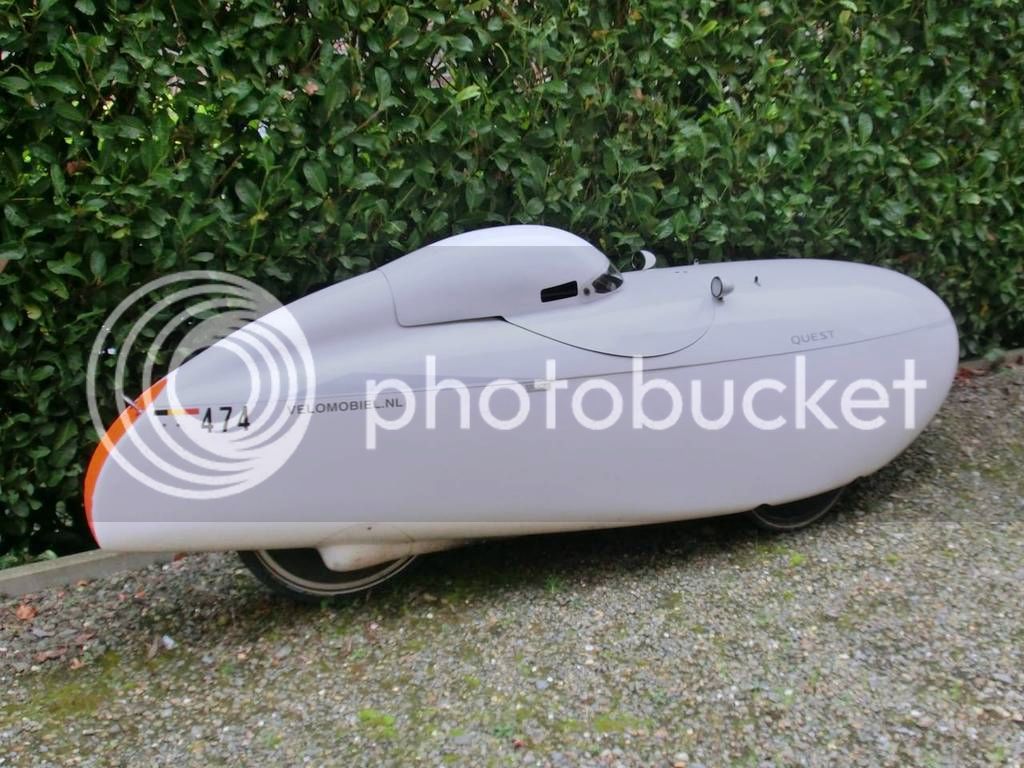About prices:
Roughly 20 years ago, I had a discussion with my late granny (born 1905) about the price of a 'good quality' bike. I showed her my new steed and she was shocked about its price (1,500 German bucks).
It turned out in her recollection, since before WW2 the price of a good quality bike was always about the average monthly salary of a craftsman. After that discussion she thought my 'ridicously expensive' bicycle had actually a quite reasonable price.
Now, there are currently several relatively affortable velomobieles available:
-the Alleweder A4 from Alligt (FAW+ in the States), made from aluminium sheet metal, comes at €2900 as kit. You need some time and the help of 1200 pop rivets to bring it into shape, though.
-the Alleweder A6 from Alligt, with GFK body, comes at €3500 as kit. Both Alligt models cost a grand more when bought assembled. http://www.alligt.nl
-the Trislet Rotovelo, with roto-moulded body, cost AU$ 6000 (US$4200). http://www.trisled.com.au/rotovelo.asp
Unfortunately high shipping costs of the Australian Rotovelo eats most of the price advantage away.
sendler2112 said:
$1,000 is too low to wish for since a decent bike starts at $600. But $8,000 is just way too high. Much of the expense coming from the full structural tub construction and laid up rear swing arm, single sided hub brake knuckles, ect. There has to be room in between for an aero body on a regular tube frame trike to come in under $3,000.
The price of a decent recumbent trike with suspension is way north of €3000. I've never saw a production velomobile fairing for trikes cost less than €2,000-3,000 either. https://etrike.wordpress.com/2014/01/05/velomobile-shell-for-trikes
While a carbon fiber rear swing arm cost about €500 (IIRC), the Sturmey Archer drum brake hubs are actually pretty cheap (€88 for a pair of 90mm hubs + €50 for a pair of brake plates). I would probably get a custom designed rear swing arm made from steel tubing, instead of the stock carbon fiber swing arm anyway (ca €250-350).





